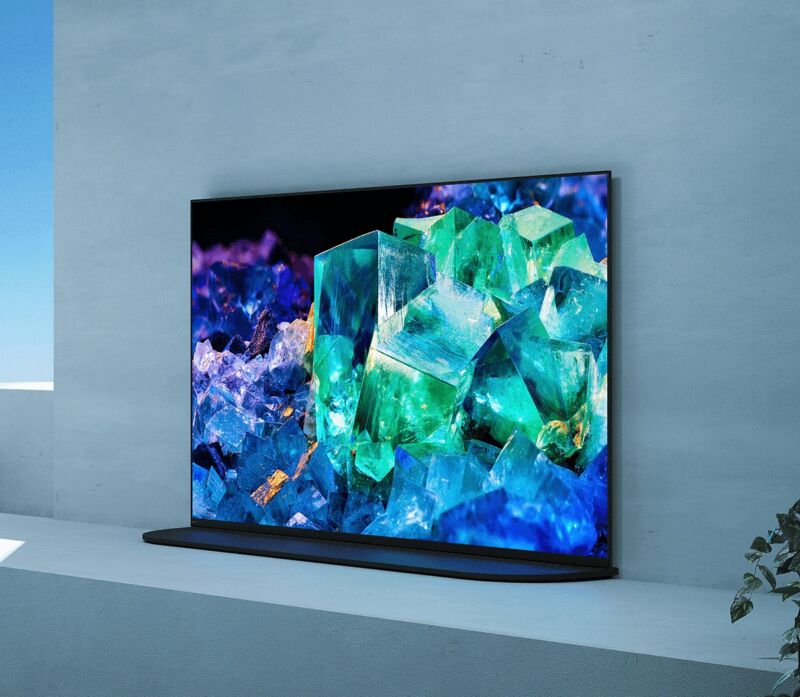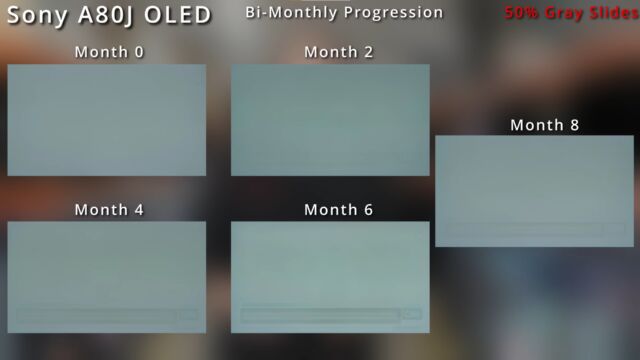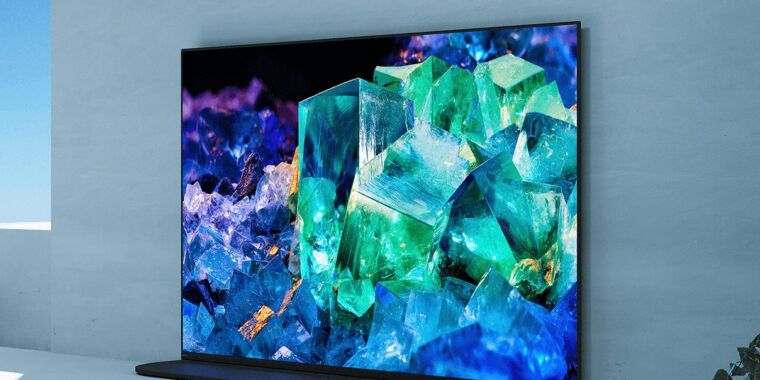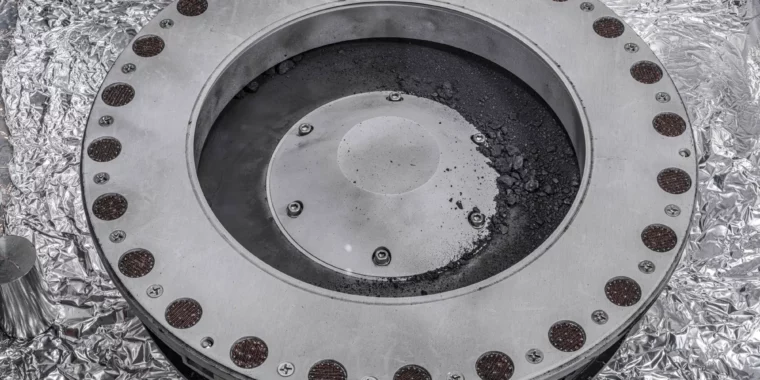
Image retention is scary to see on your OLED TV but often easy to eliminate. Many modern OLED TVs subtly work their own magic when you’re not watching in order to remove the problem, as RTINGS demonstrated in a video released Friday. However, TV vendors aren’t all doing perfect jobs at implementing OLED screens’ compensation cycles.
Temporary image retention differs from permanent image retention, aka burn-in, in that it points to a change in the panel’s thin-film transistor (TFT) layer, rather than degradation of the OLED layer. Untreated temporary image retention doesn’t lead to burn-in, a Sony spokesperson confirmed to me, but anyone looking at a screen suffering from image persistence will want to eradicate the sticky images, fast.
These temporary artifacts can be the result of heat affecting the amount of light emitted by the OLED pixels and can happen within minutes of usage. But letting the TV cool down by turning it off usually fixes this.
But the other type of temporary image retention, TFT threshold voltage shift, “is a lot more dependent on the TV’s internal functions and downtime,” a RTINGS spokesperson said in Friday’s video. RTINGS, which is currently running a high-use longevity test of 100 TVs, explained that the “characteristics” of an OLED TV’s TFT layer can sometimes “drift,” causing temporary image sticking.
“It can take as little as one hour of on-time running with static elements for this type of image retention to set in, but over time the image retention accumulates,” RTINGS’ spokesperson said.
Like the other type of temporary image persistence mentioned, this is normal to see on an OLED TV. And it can be cleared with a short compensation cycle.
Fixing temporary image retention
Thankfully, today’s OLED TVs can run short compensation cycles that address changes to the TFT’s voltage without interrupting the user, since the cycles are set to automatically run when the TV is off and has been used for a certain number of cumulative hours. Known by various names, including Pixel Refresh and Screen Optimization, depending on the TV vendor, they usually last under 10 minutes and “detect and compensate for changes in the TFT layer’s electrical characteristics and return it to a baseline state,” as per RTINGS.
RTINGS used a 42-inch Sony A90K, a quantum dot OLED (QD-OLED) TV from 2021, to illustrate a short compensation cycle clearing temporary image retention. The A90K reportedly suffered from temporary image retention after RTINGS put it through a “torture test,” that required it to run a CNN stream with a static overlay of the RTINGS logo and colorful squares for 120 hours.
This is a good time to remind everyone that RTINGS is using extreme testing conditions. RTINGS’ typical longevity test aims to simulate 10 years’ of use in two years, but the A90K’s testing here is even more intense. It’s unlikely a normal user would push a TV this hard.
As you can see in the screenshot from RTINGS’ video below, most of the visual artifacts on the A90K went away after one short compensation cycle run.
The next screenshot video also helps demonstrate how effective a short compensation cycle can be at removing image sticking. It shows Sony’s 2021 A80J white OLED (WOLED) TV with 50 percent gray slides. After eight months, RTINGS ran a short compensation cycle on the TV, and the difference is noticeable.

Inconsistencies
Pixel refreshes that are run while the TV is off can remove sticky images and save users much concern. However, RTINGS’ testing spotted inconsistencies around when short compensation cycles auto-run among TVs from the same brand and even among TVs that are the same model. The publication’s rep said RTINGS “found a lot of buggy implementations, which can result in more image retention appearing on your screen.”








